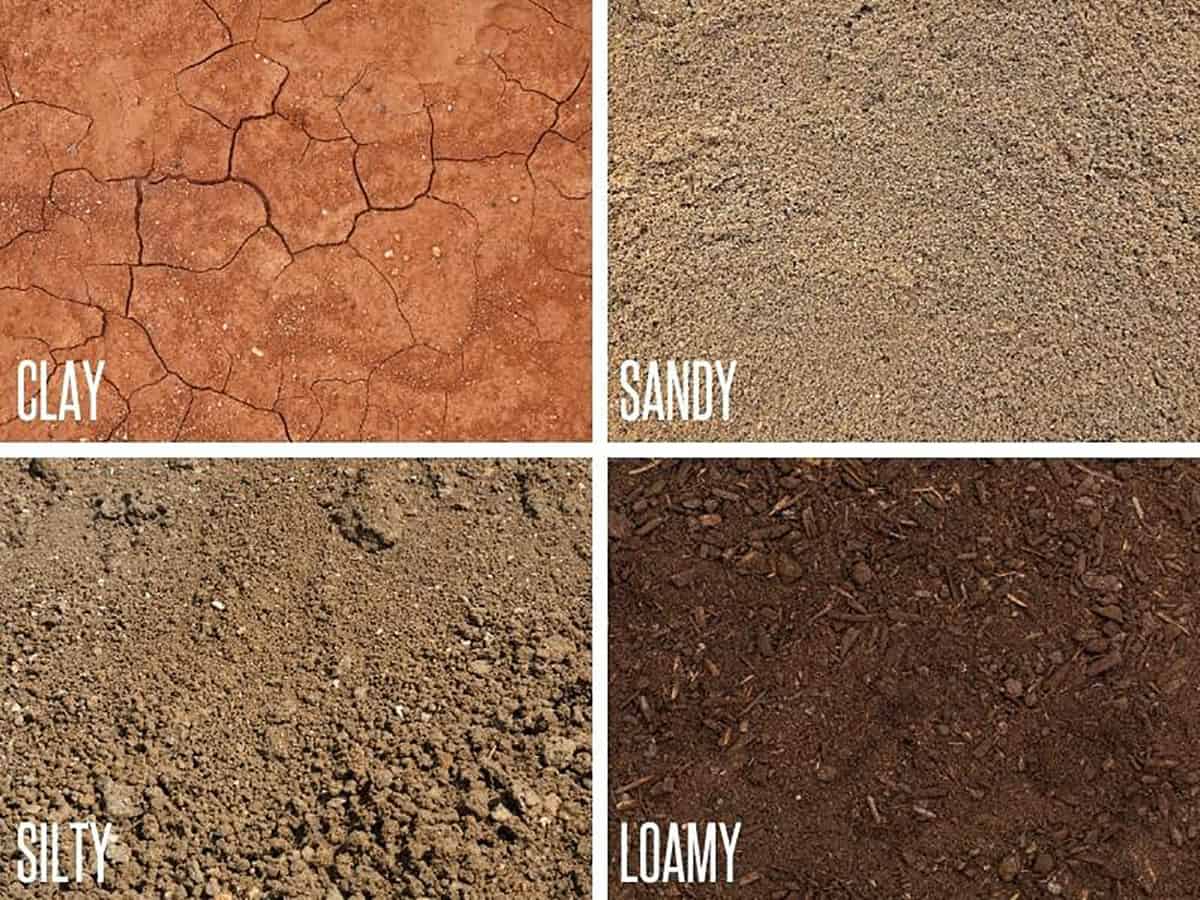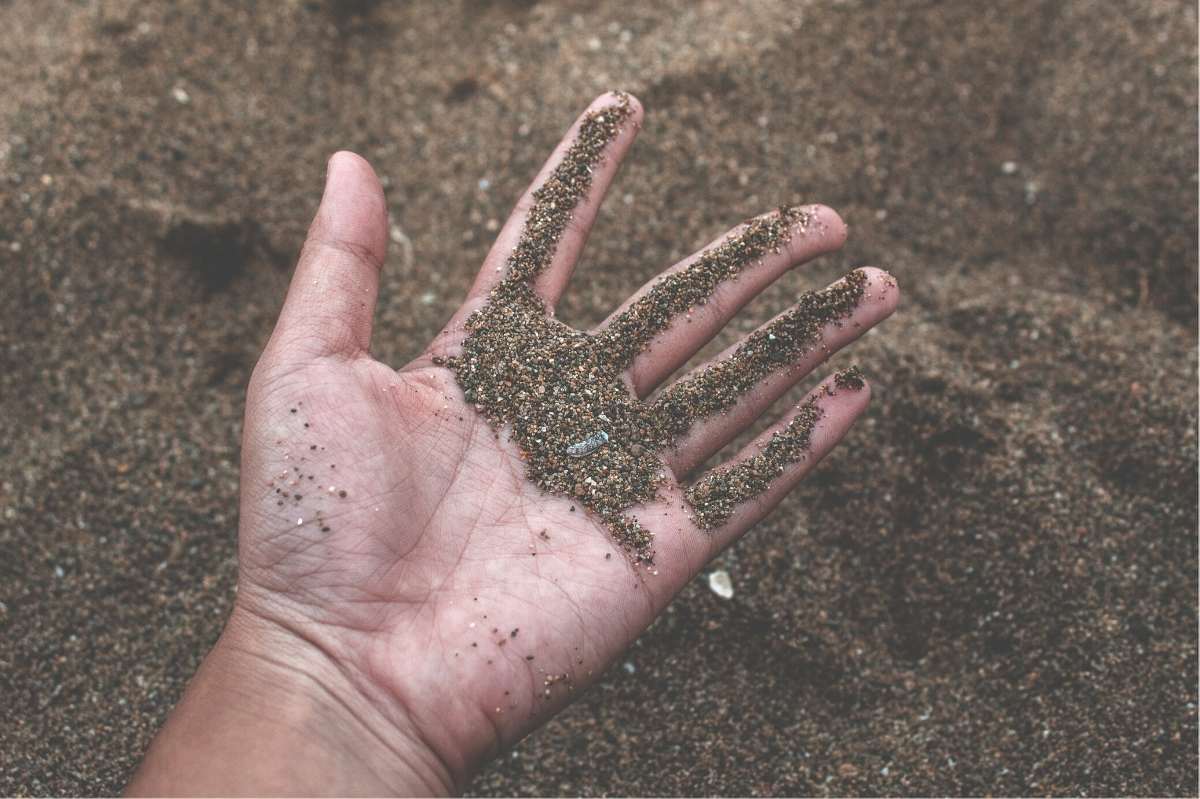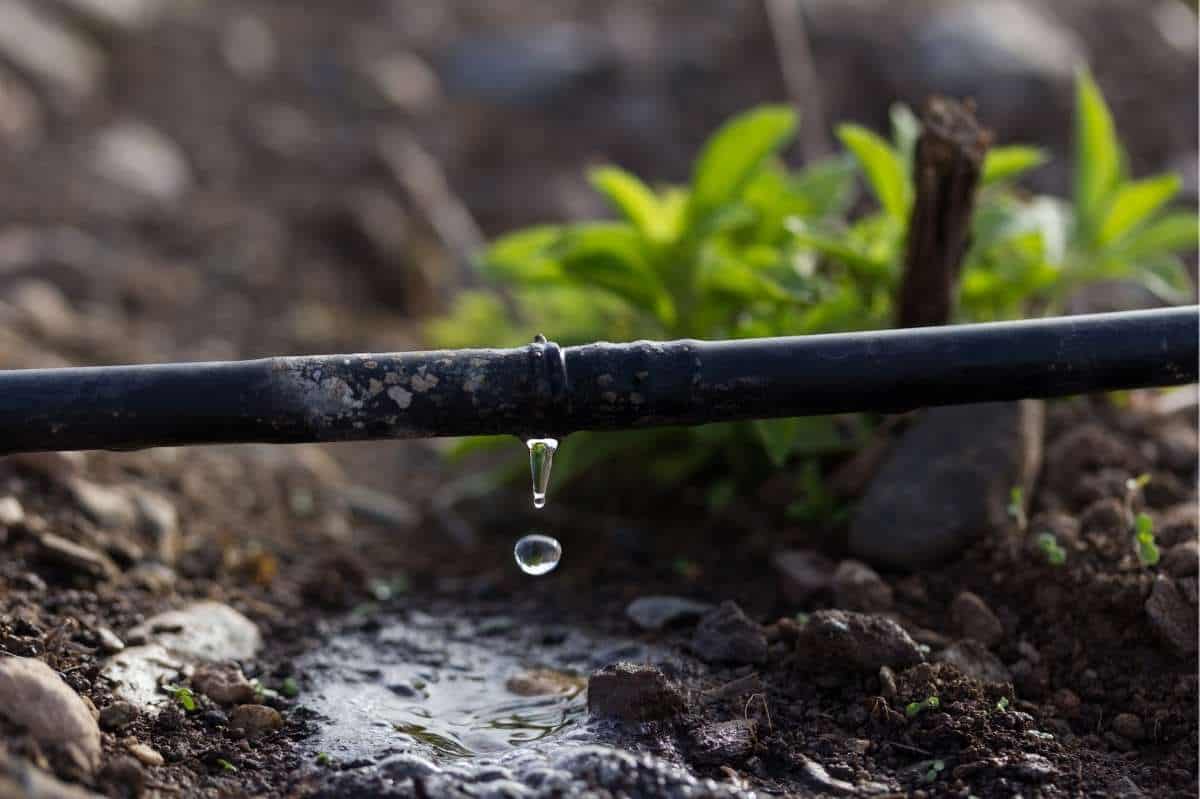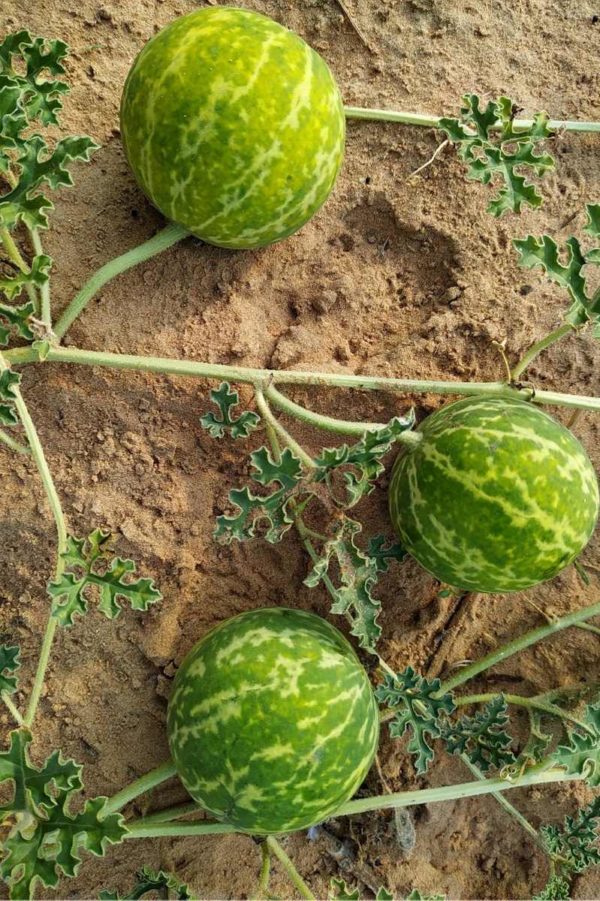If you grow in heavy clay soil, having sandy soil might seem like a gardener’s dream come true! It drains well, it warms up quickly in the spring, and it doesn’t turn to concrete when it dries. But like most things in life, the grass always seems greener on the other side. Sandy soil is not without its problems, too!
If you have a garden full of sandy soil, let us show you how to get the most out of its positive characteristics, and how to amend it to make the perfect soil for your garden!

Table of Contents
What is sandy soil?
There are four main types of soil: clay, loamy, silty, and sandy. Sandy soil is—just like its name suggests—a type of soil that has a lot of sand content to it. You’ll often find it in coastal areas or in river basins. This soil is also common in desert locations.
Sandy soil consists of fine particles of limestone, granite, and quartz formed by erosion, weathering, and fragmentation.

How can you tell if you have sandy soil?
Most folks who have sandy soil already know it just based on the geological location of their garden, but if you aren’t sure, just do a simple squeeze test.
Grab a handful of damp, but not soaking wet, soil. Squeeze it together. Does the soil form into a clump or a ball at all? If so, it’s probably not sandy—those are behaviors of more clay or silt soils. Sandy soil will typically not clump, and in the case of heavy sand content, will actually fall or stream through your fingertips when you try to clump it.

Why don’t I want sandy soil in my garden?
Like most things in life, sandy soil has its pros and cons. A lot of gardeners have great luck working in sandy soil! This soil type is free-draining, it’s quick to warm up in the spring, and it is soft to work with. In fact, gardeners with clay soils often add sand to help loosen up their compacted soil, break up clay particles, and improve drainage.
But heavy sandy soil can sometimes be difficult to grow in for those exact reasons!
Because sandy soil drains water so well, it doesn’t retain moisture or nutrients, which can mean frequent watering and fertilizing in hot climates. This soil has large particles and has no pockets to hold water and nutrients. Fertilizer or water to flow right through without getting to a plant’s roots. This soil type also warms very quickly in the spring and retains its heat, so it’s easy for moisture to be lost through evaporation from warm soil.
What can I do to improve sandy soil?
There are a number of soil amendments that can help improve sandy soils. The number one thing to do to improve this kind of soil is to increase nutrient and moisture retention by improving the soil condition. The best way to do this is to frequently and regularly add organic matter to your soil. Layer in compost, wood chips, composted manure, straw, shredded leaves, grass clippings, and other mulches to help improve the organic matter content of your soil.

You can also add peat moss, coco coir, or vermiculite to your soil to help improve moisture retention. However, these will not add nutrients to your soil.
Growfully Protip
Regular plantings of cover crops (AKA: green manure) are a great way to improve sandy soil conditions—and provide a nice boost of nitrogen. Just make sure to cut back the cover crop before it goes to seed and incorporate it into the soil.
Is there anything that I can grow in this soil?
Don’t worry if you’re struggling with your sandy soil—there are some plants that will tolerate and even enjoy the sand! In general, any kind of plants that are native to coastal areas are a good option to try. Here are some plants that thrive and survive in sandy soil:
- Herbs that are native to Mediterranean climates like rosemary, lavender, and oregano.
- Root vegetables like carrots, potatoes, and beets will enjoy a high sand content to grow in because they dislike having waterlogged roots.
- With some regular irrigation and fertilizing, this soil can successfully grow tomatoes, peppers, and other plants that love warm soil—since sandy soils warm up faster and hold heat longer than clay or loamy soils.

How do you water sandy soil?
If you have sandy soil, you’ll want to water a little differently from gardens with loamy or clay soil. Because this soil doesn’t hold water well, a long, deep soaking as is often recommended for gardeners won’t do much—the water will just flush right through the sand particles. Instead, when watering sandy soils, you want to do frequent, shallow waterings. Drip irrigation or soaker hoses are excellent choices for this soil!

With a little bit of work (and a lot of organic matter), sandy soil can be a joy to grow in! Use our tips, and we’ll have you growing a bountiful, beautiful garden in no time. Happy growing!







